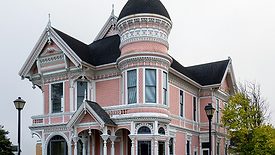Home » sustainability
Articles Tagged with ''sustainability''
Sustainability in Property Claims
The Restoration Industry’s Shift Towards a Greener Future
Read More
Blusky Restoration Contractors Publish First ESG Report
Advancing Progress and Commitment to Key Initiatives Across the Organization
May 16, 2023
Stay ahead of the curve with our eNewsletters.
Get the latest industry updates tailored your way.
JOIN TODAY!Copyright ©2025. All Rights Reserved BNP Media.
Design, CMS, Hosting & Web Development :: ePublishing













